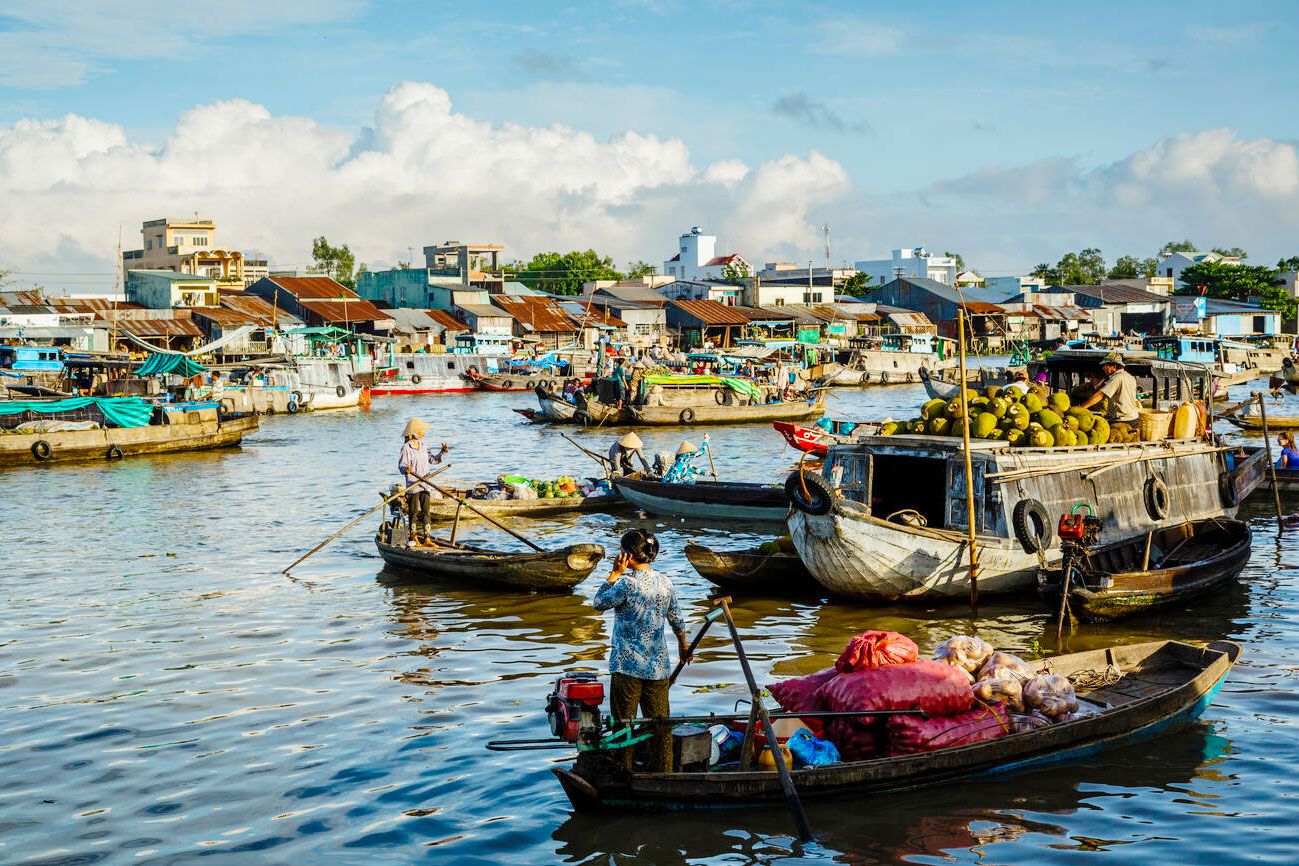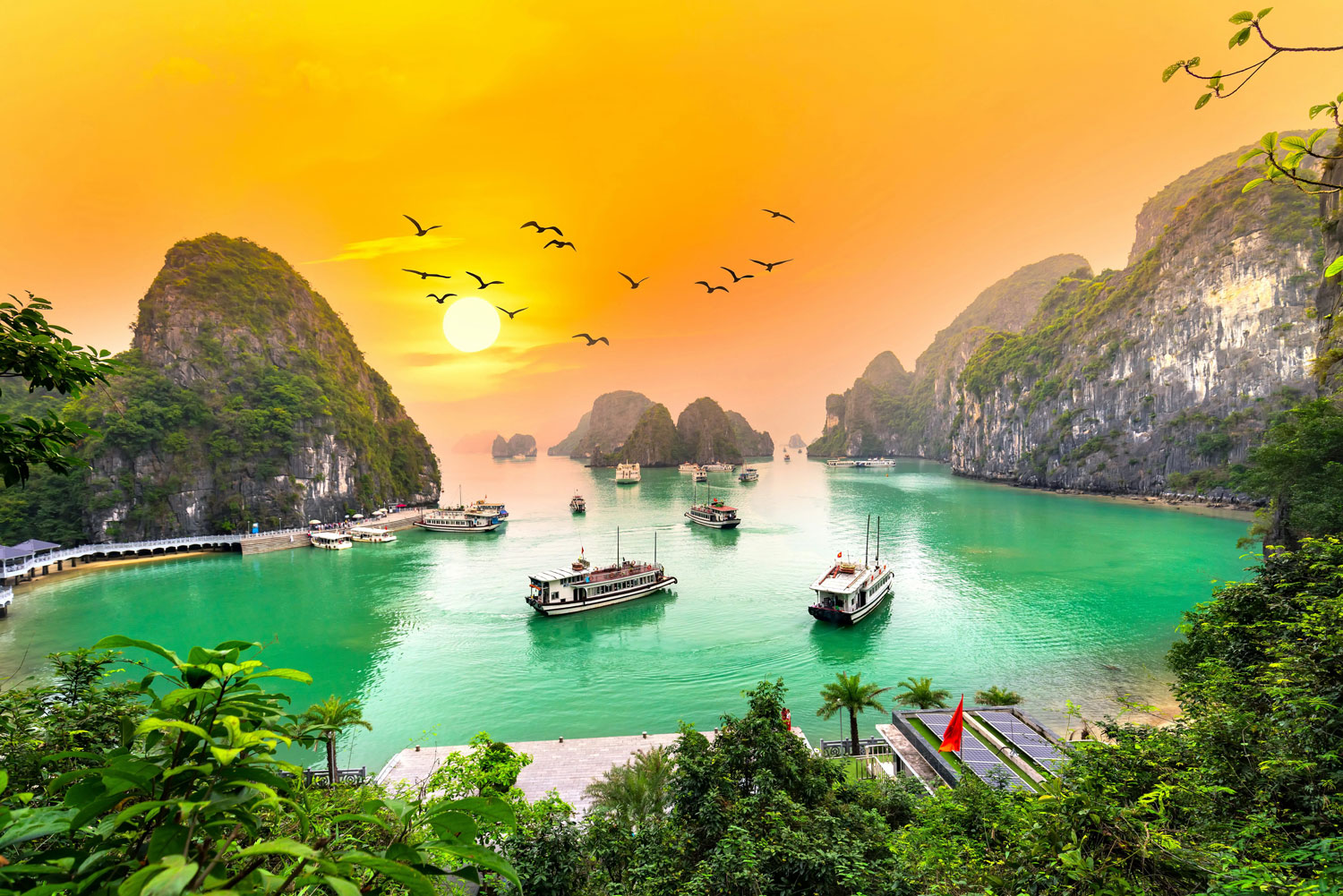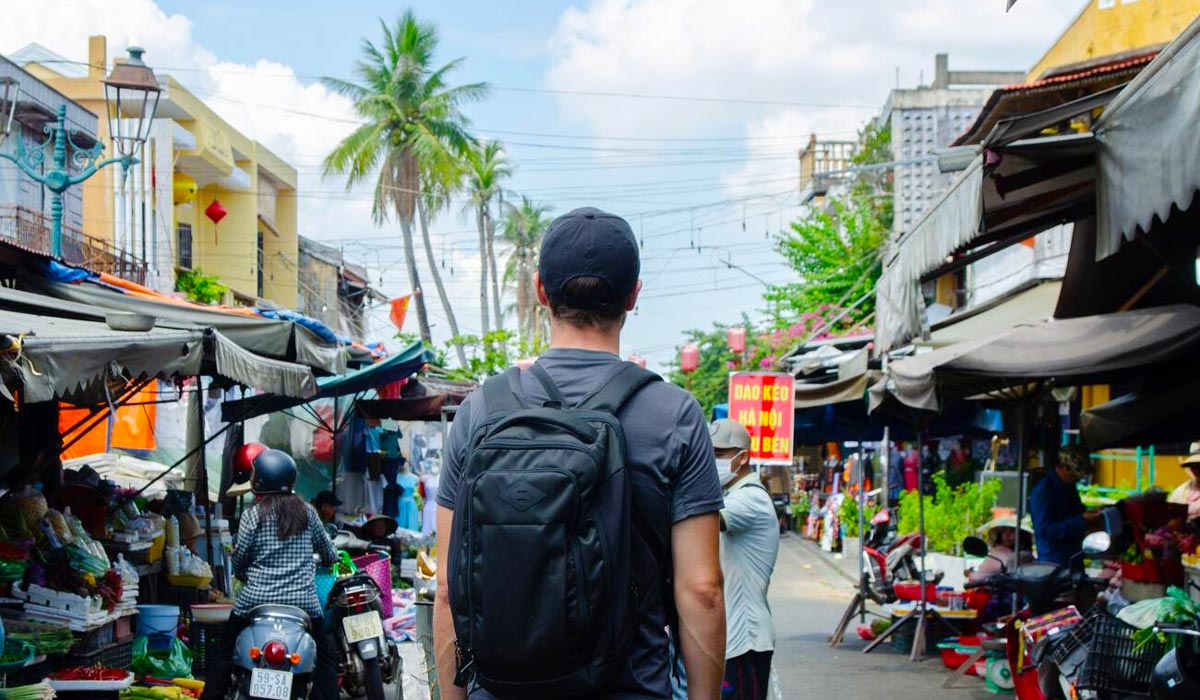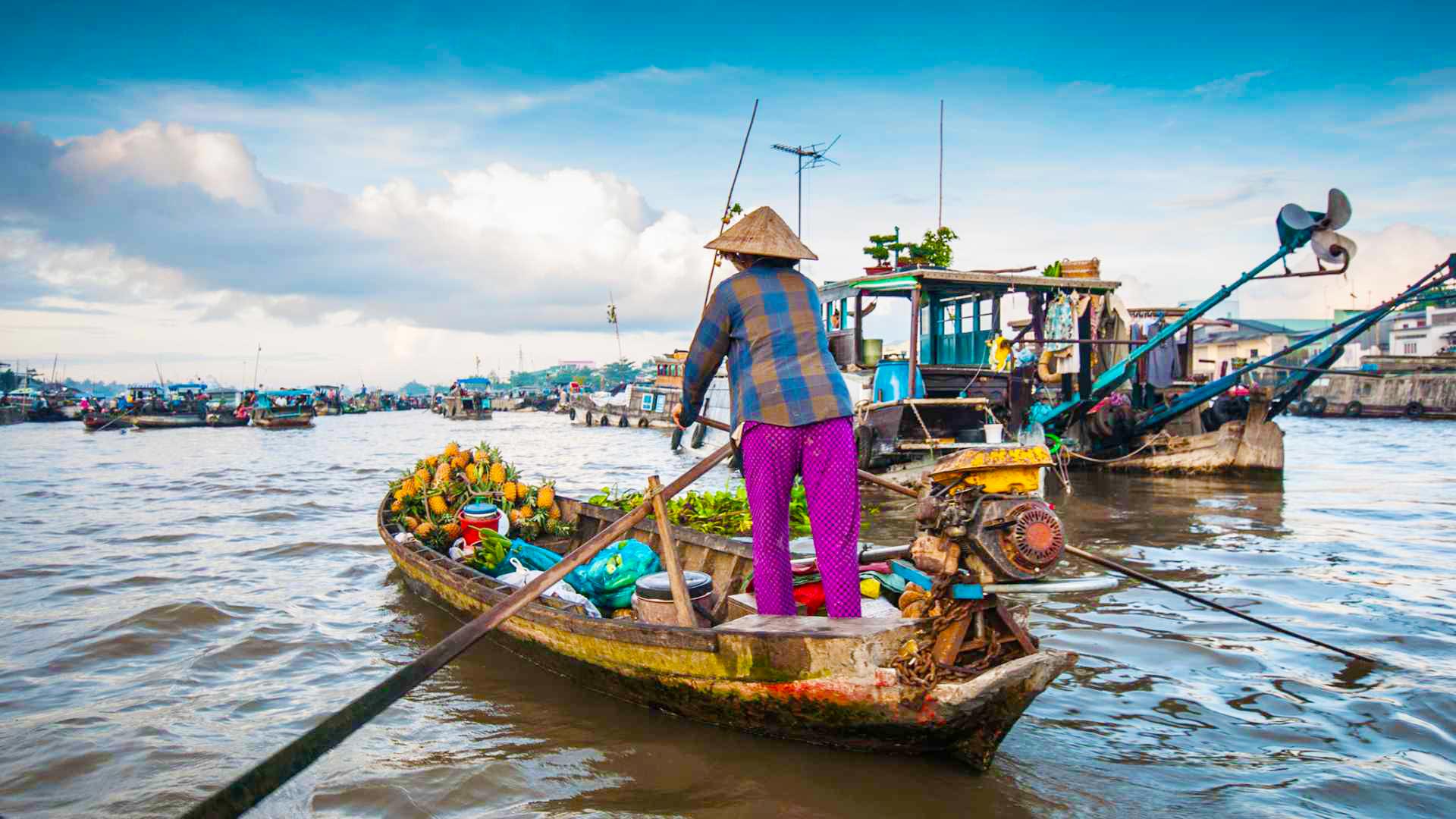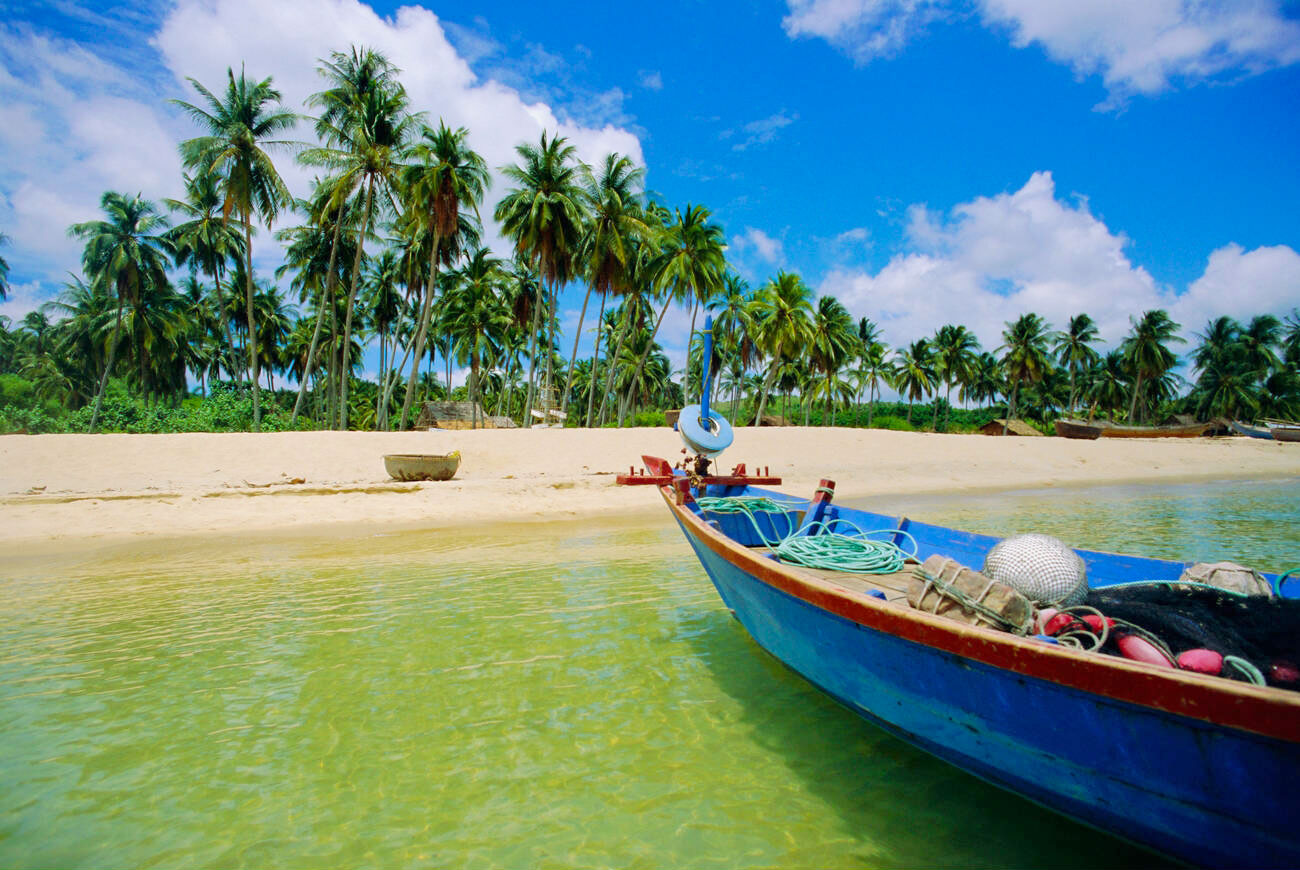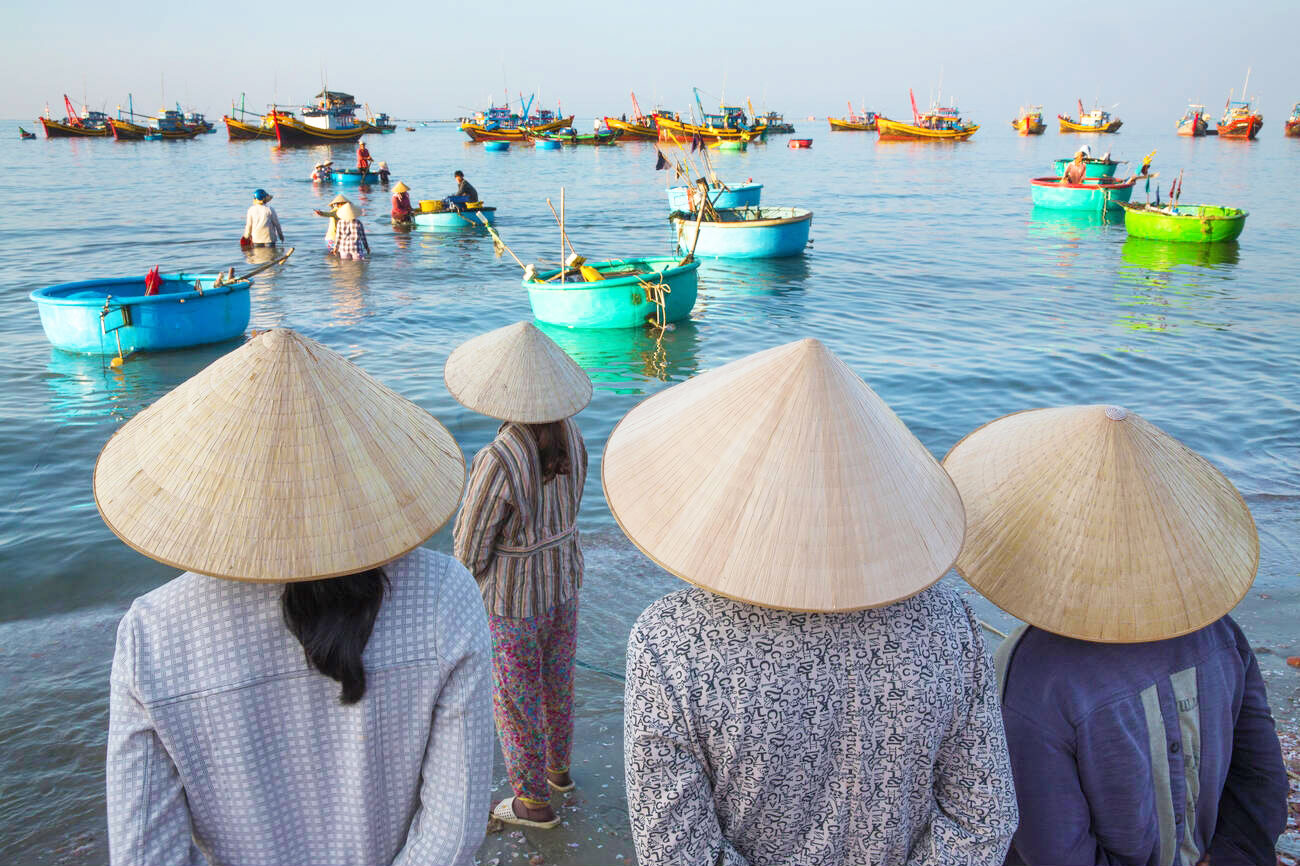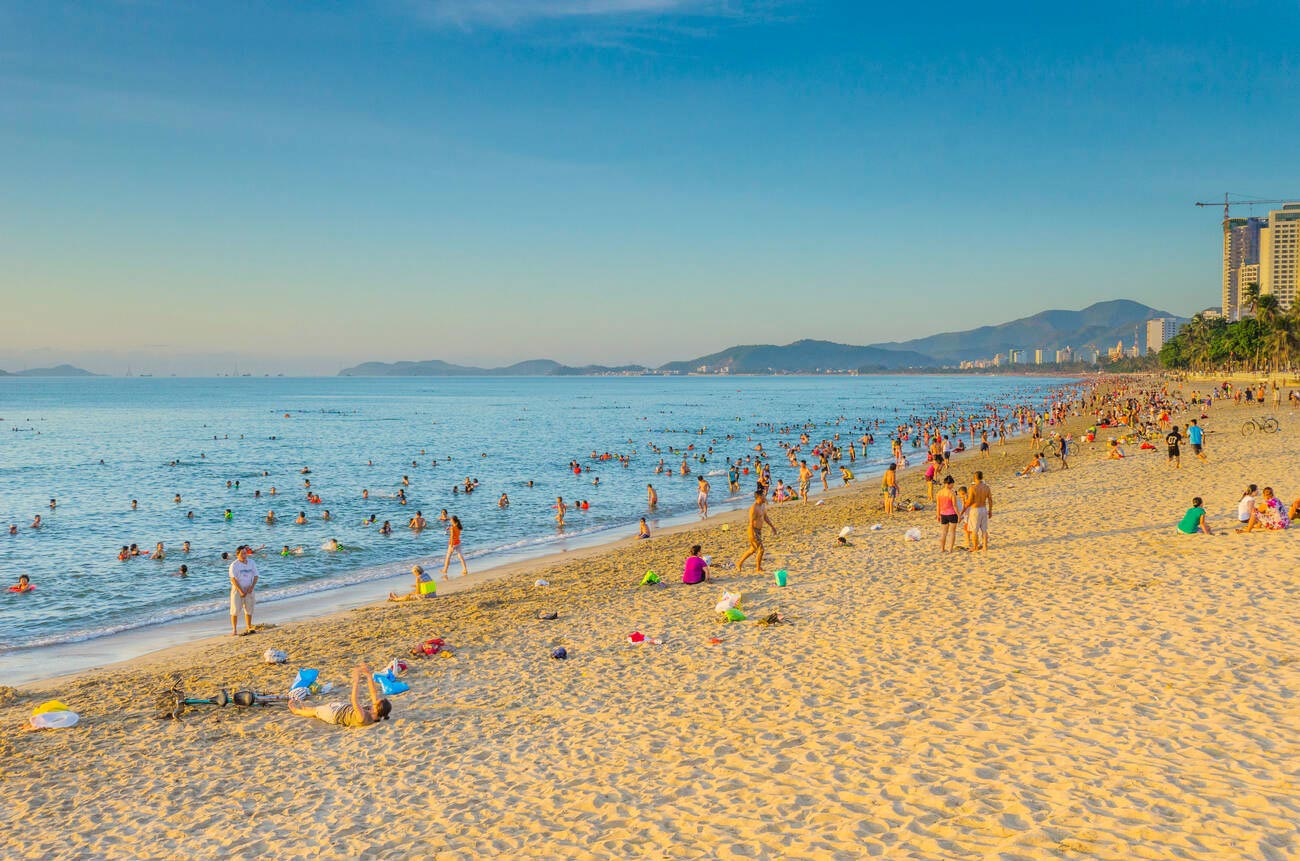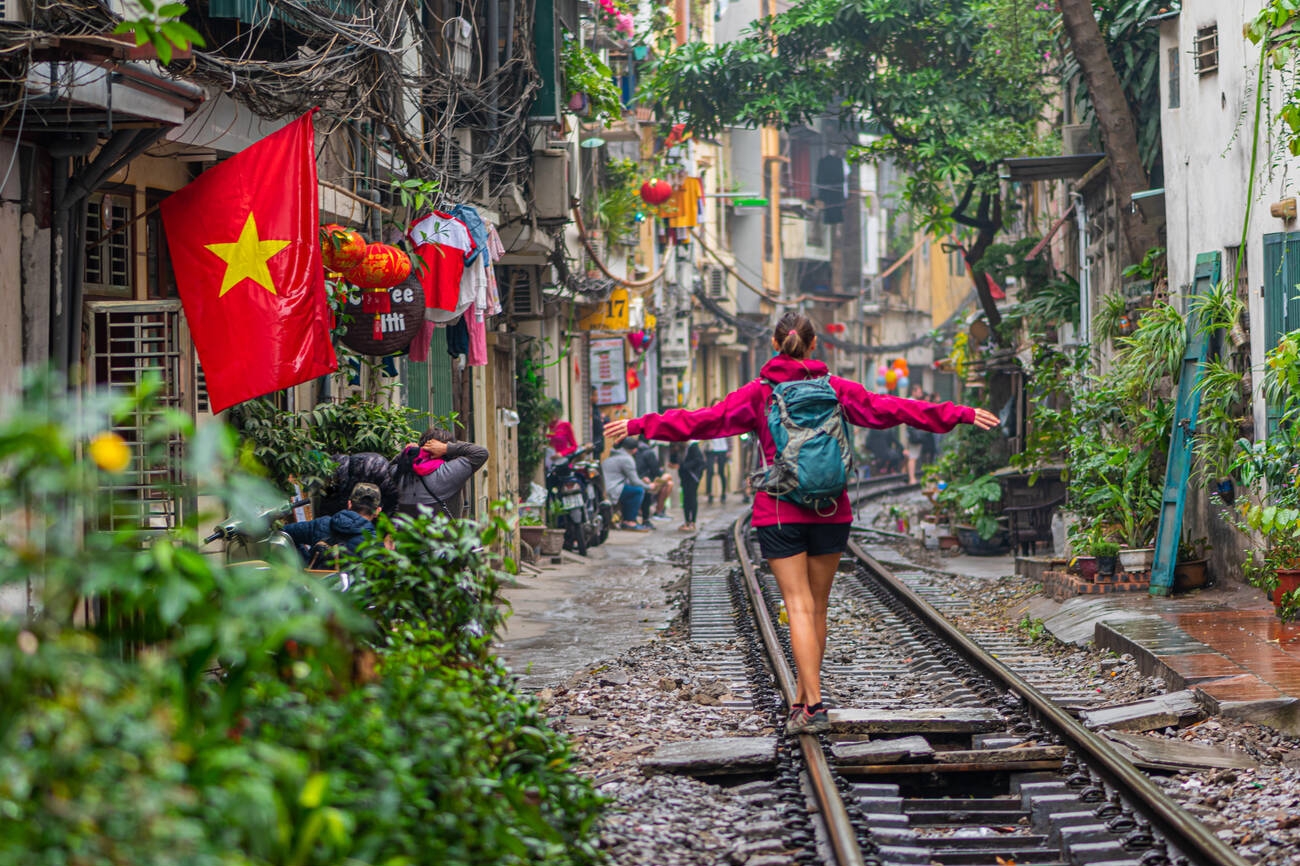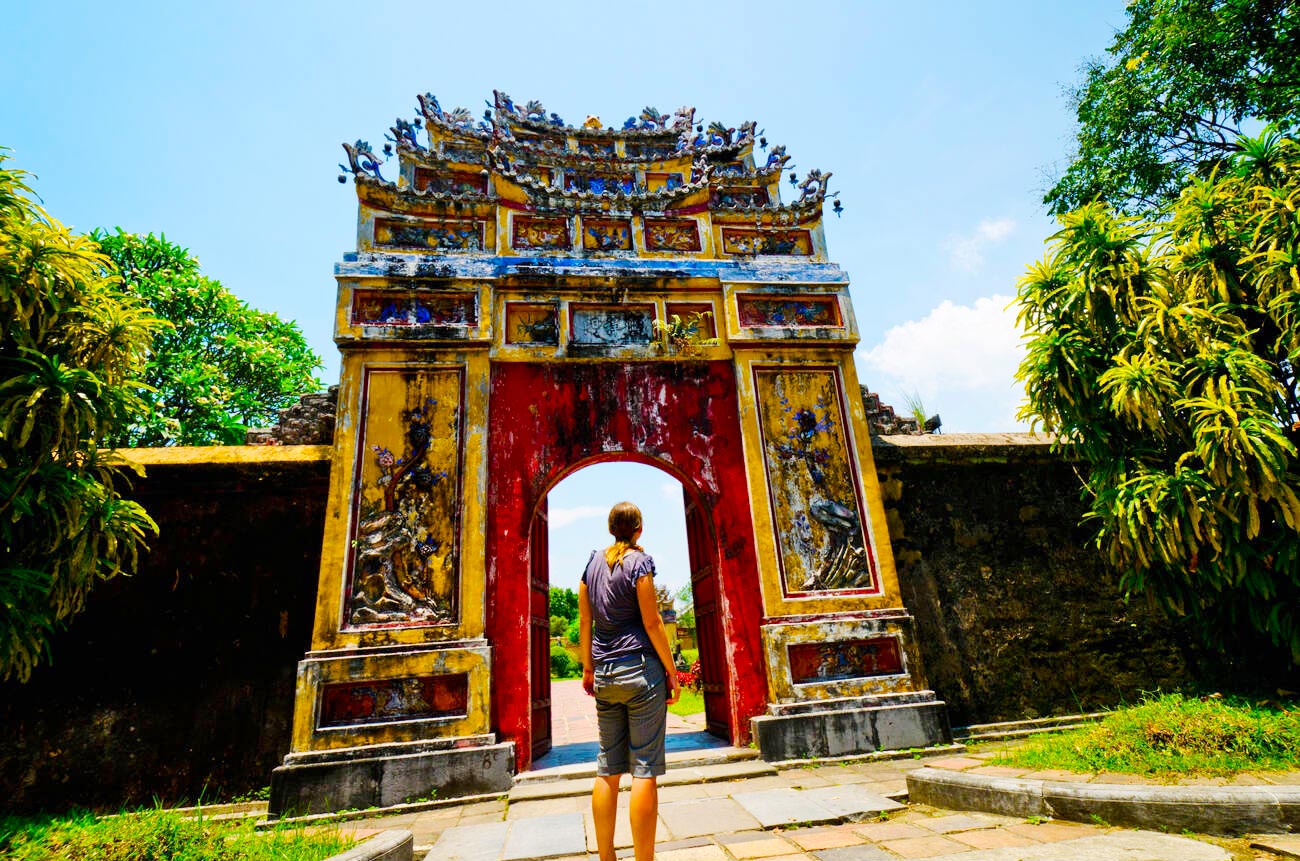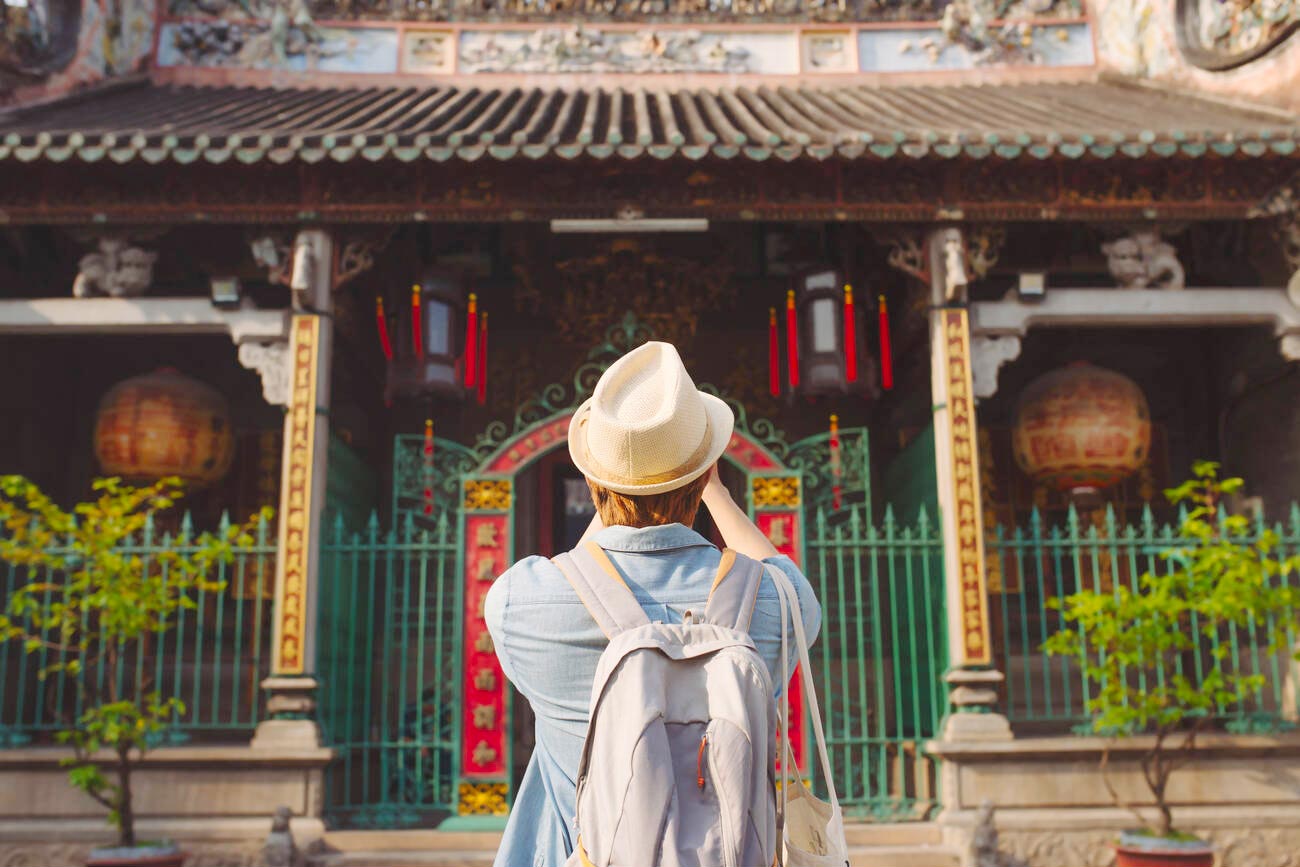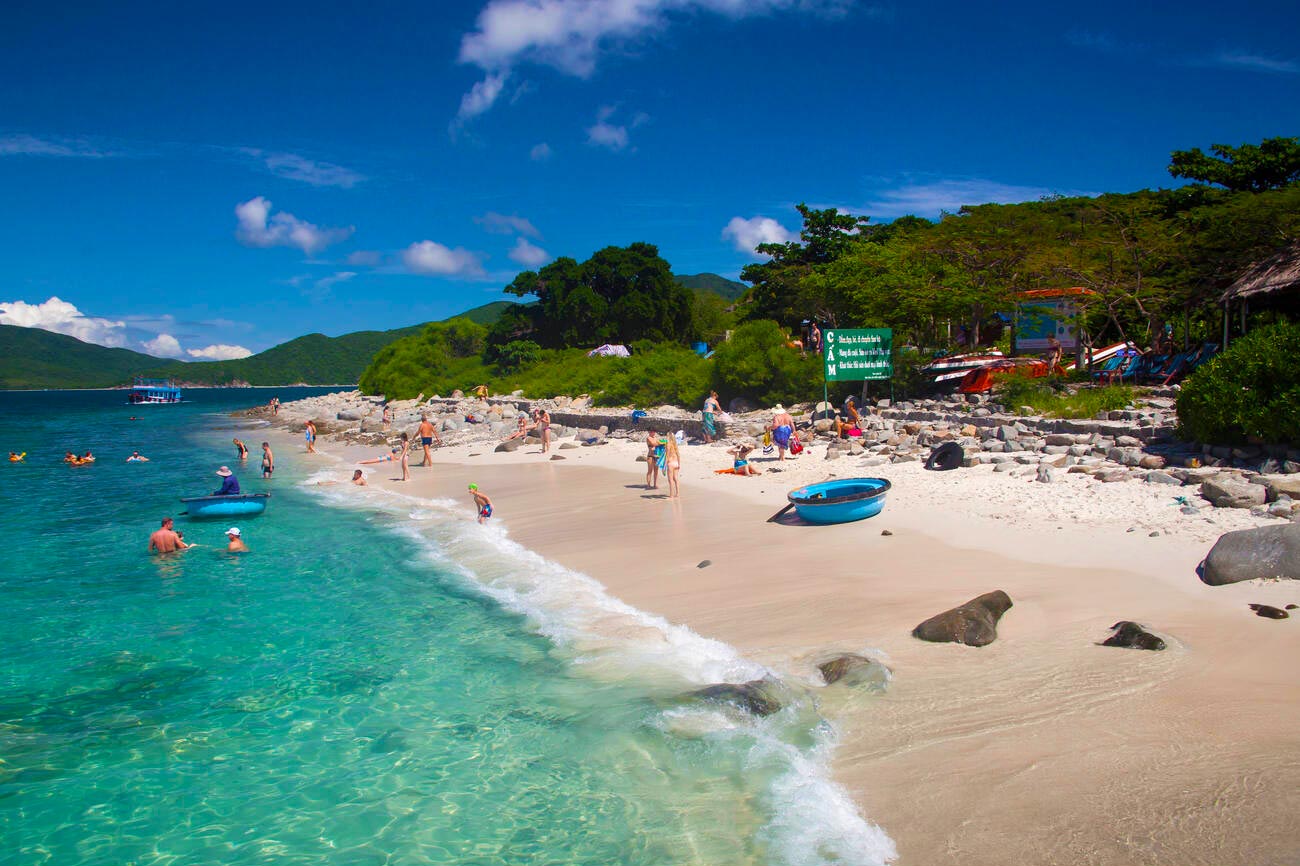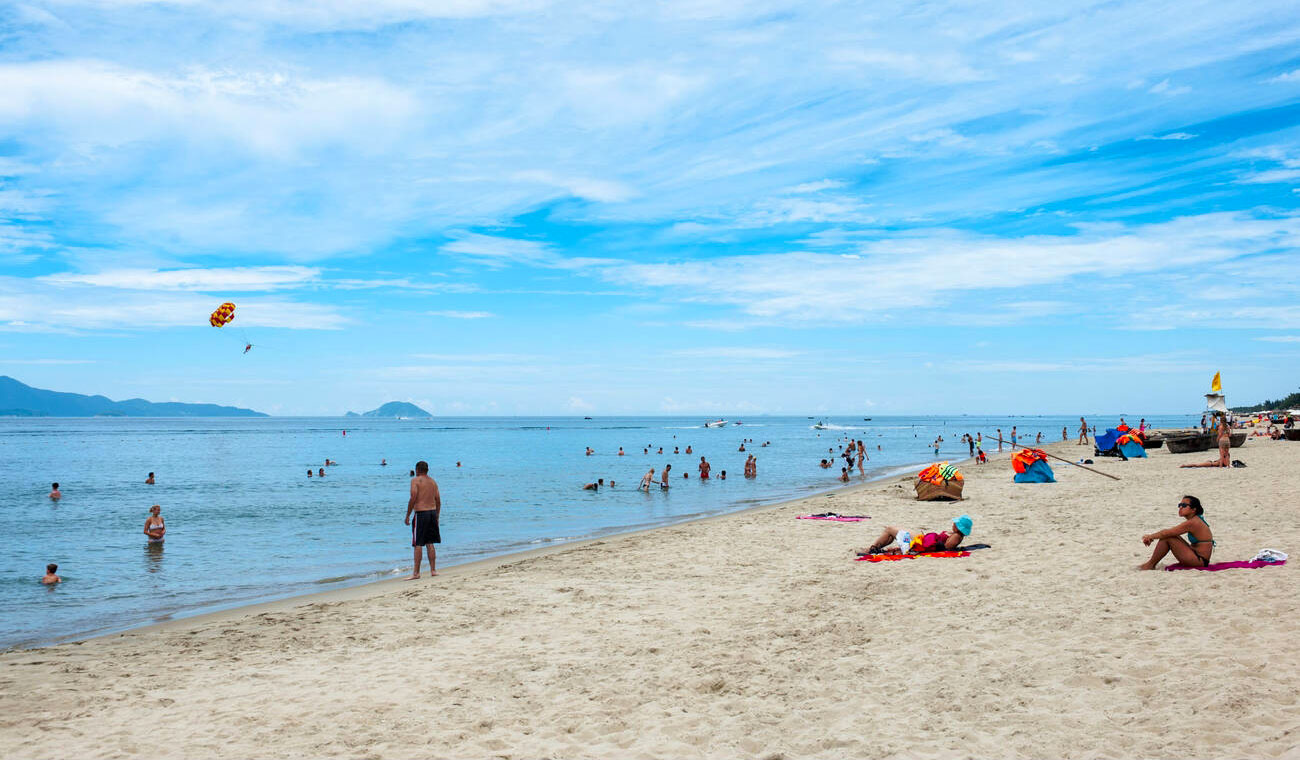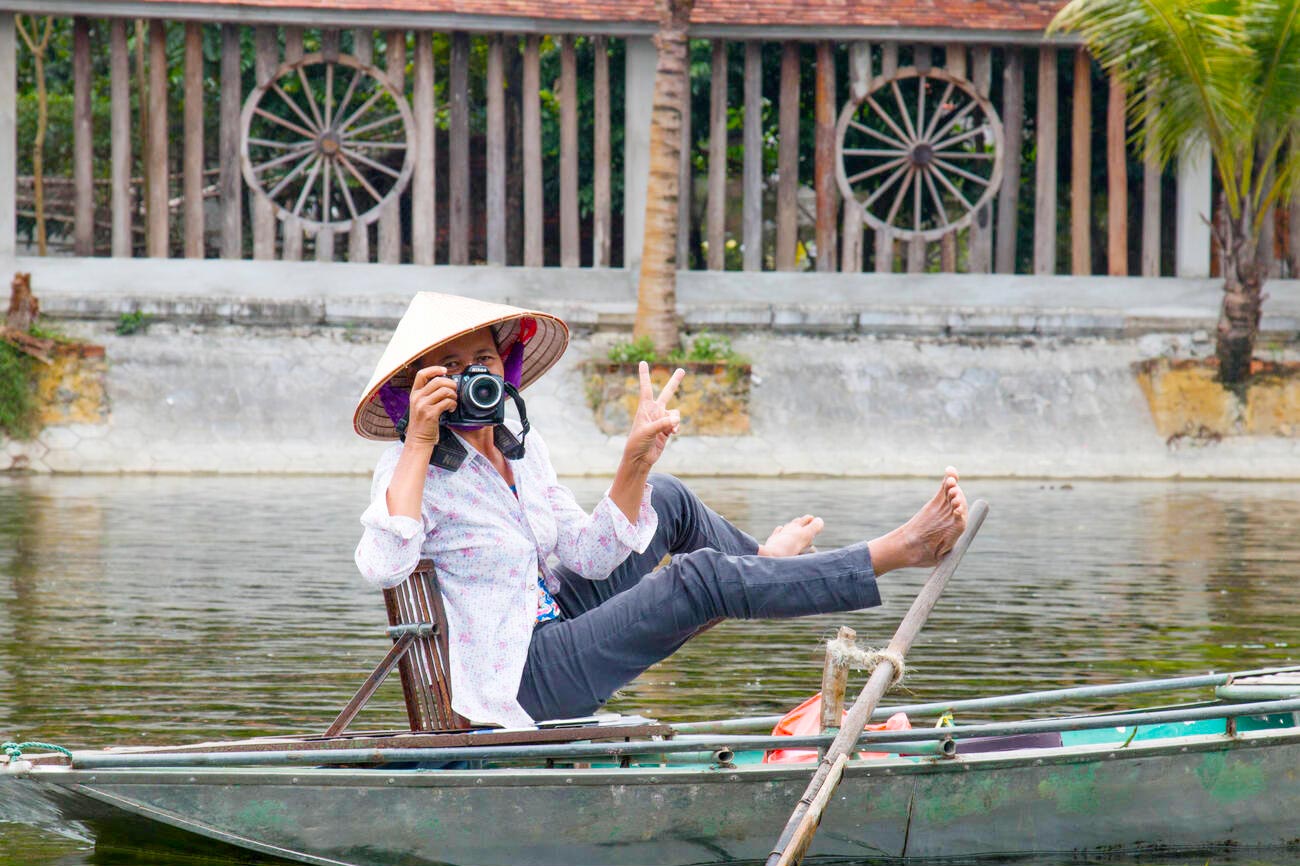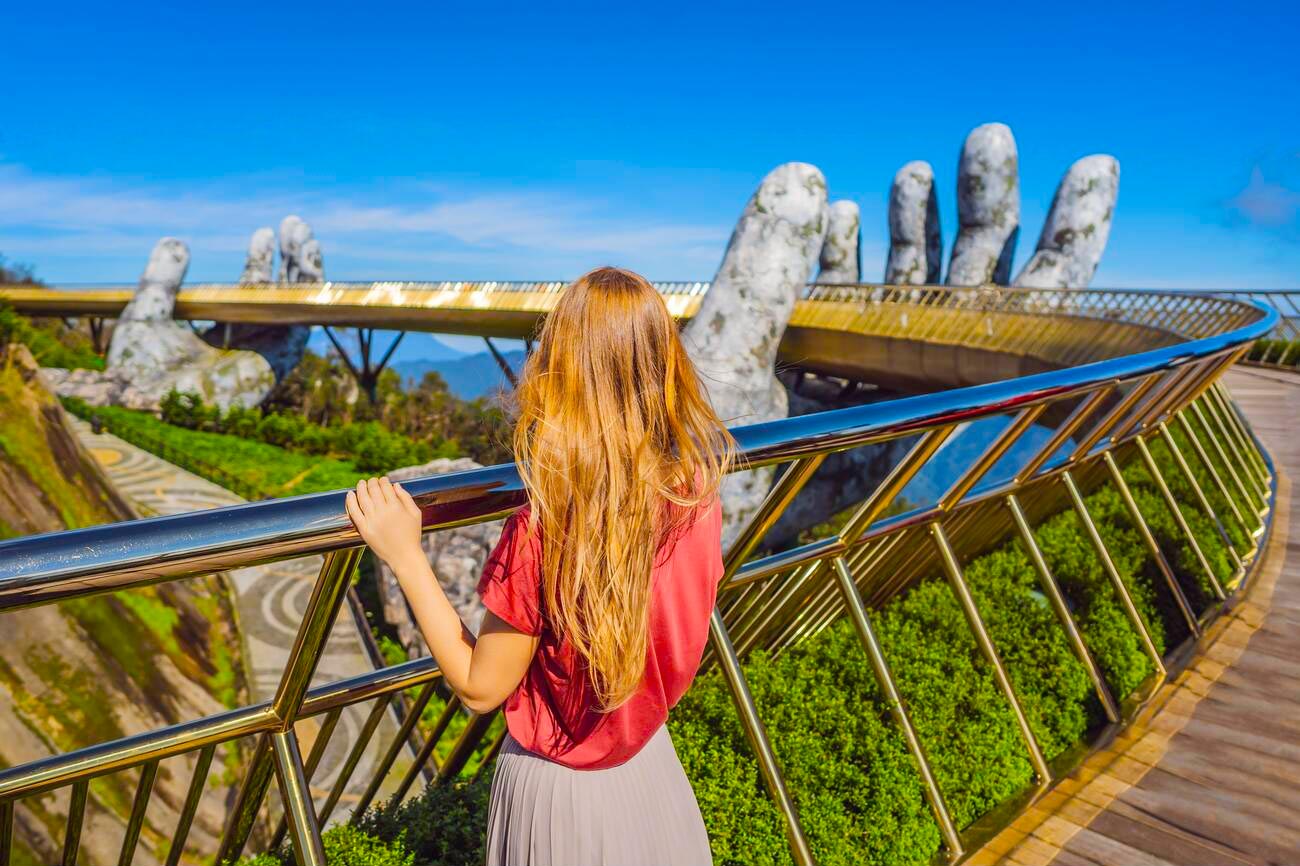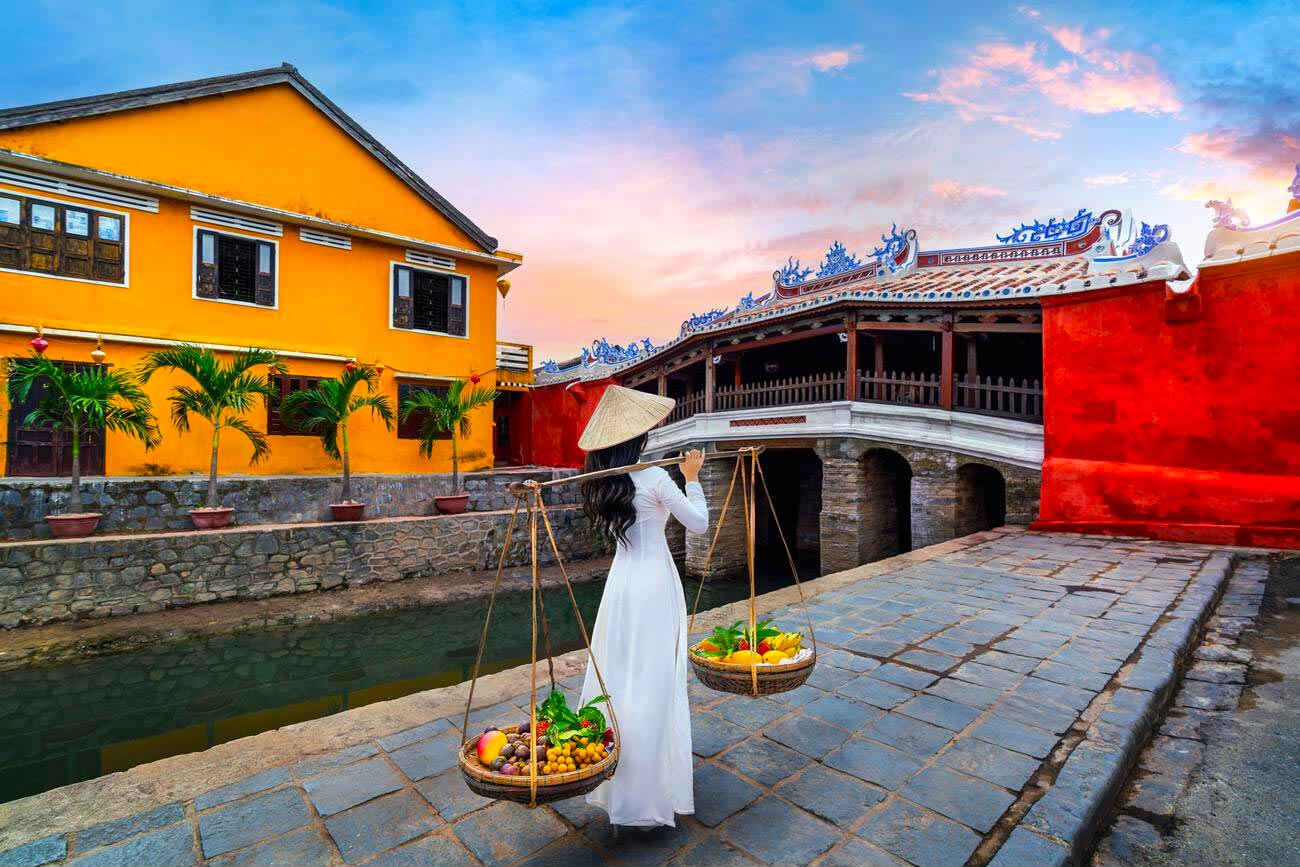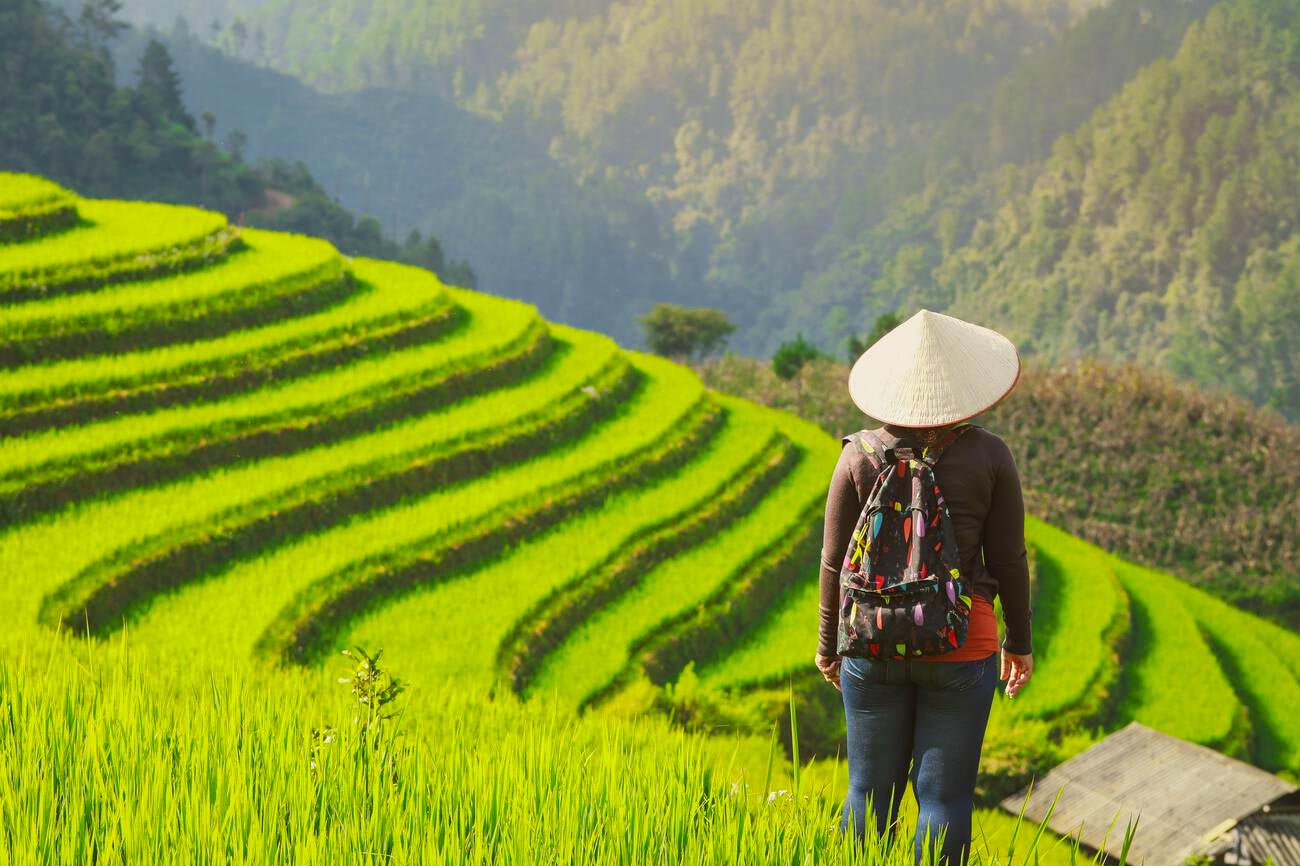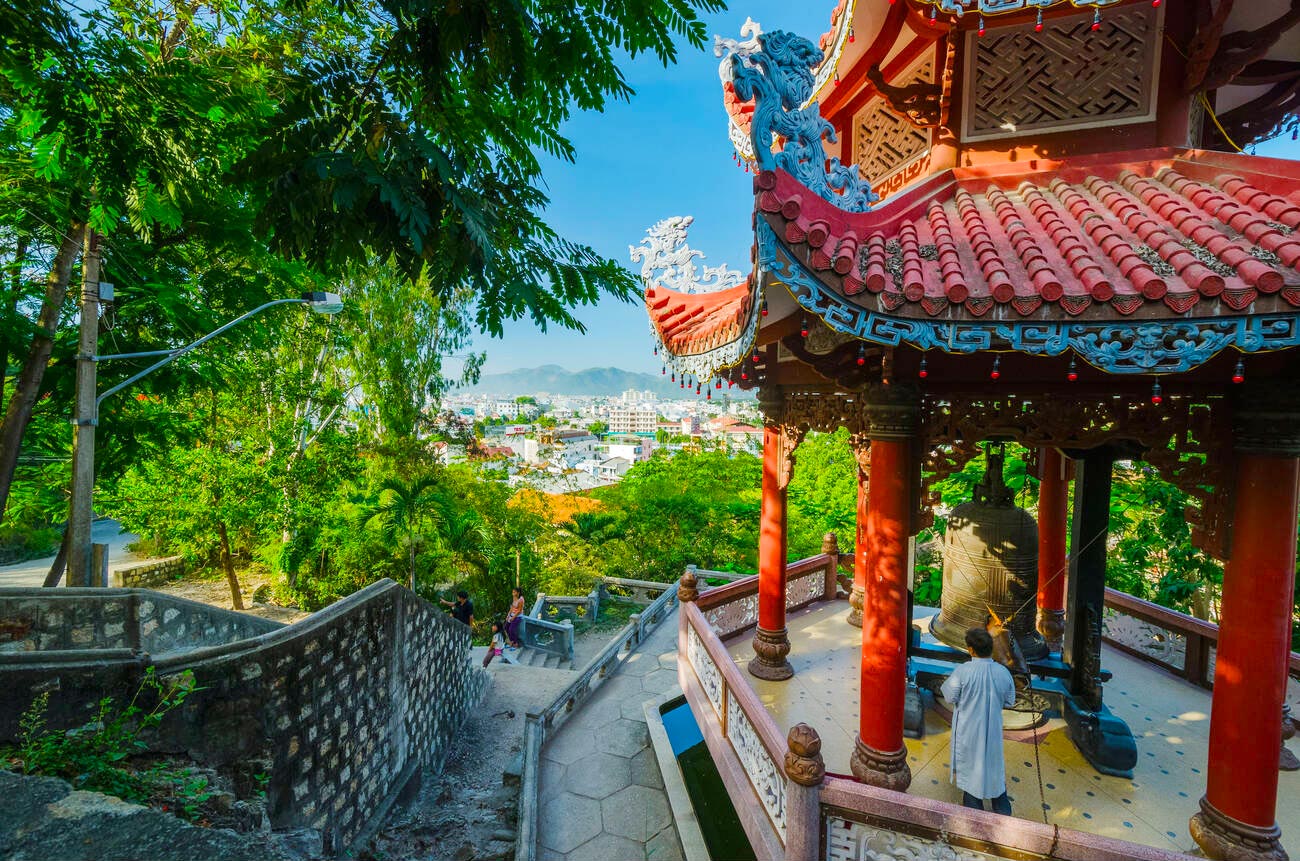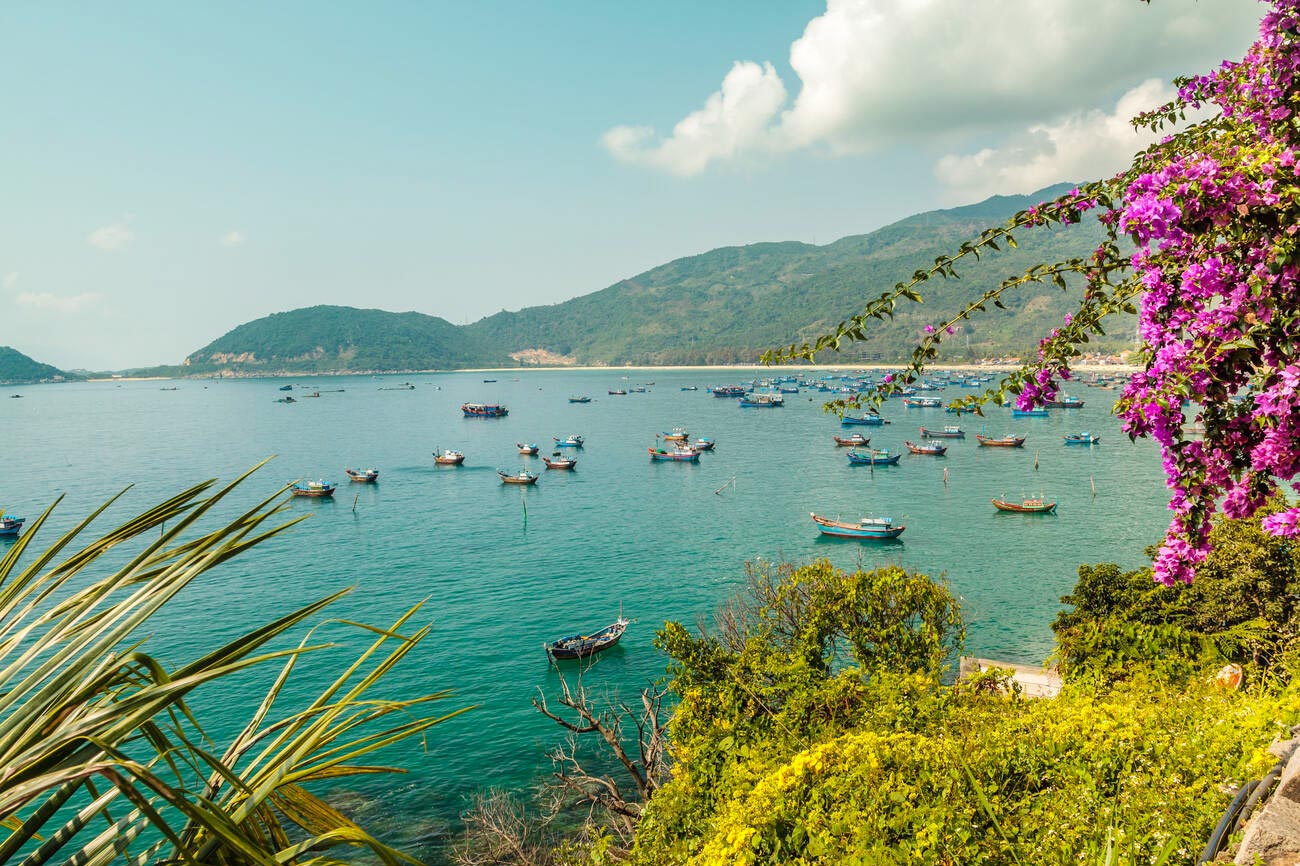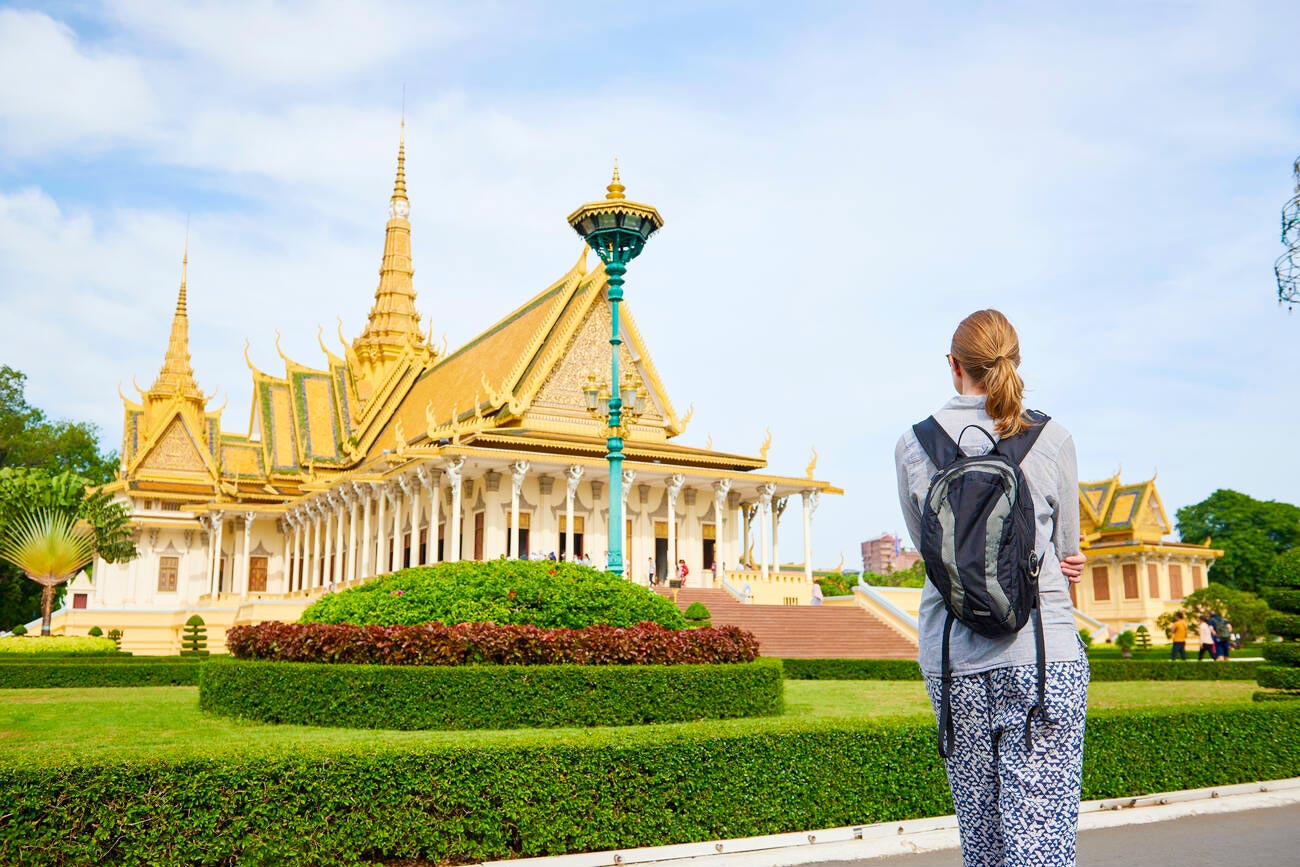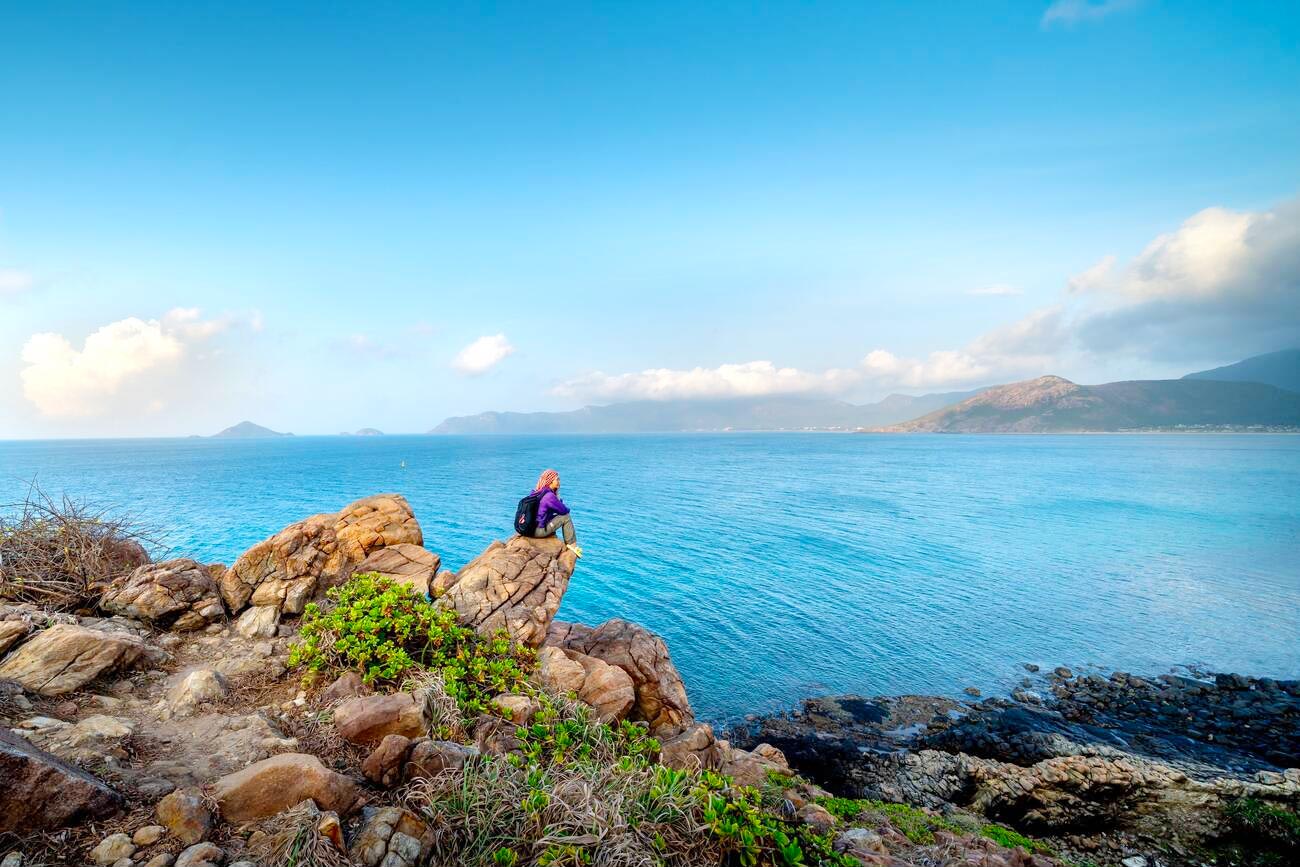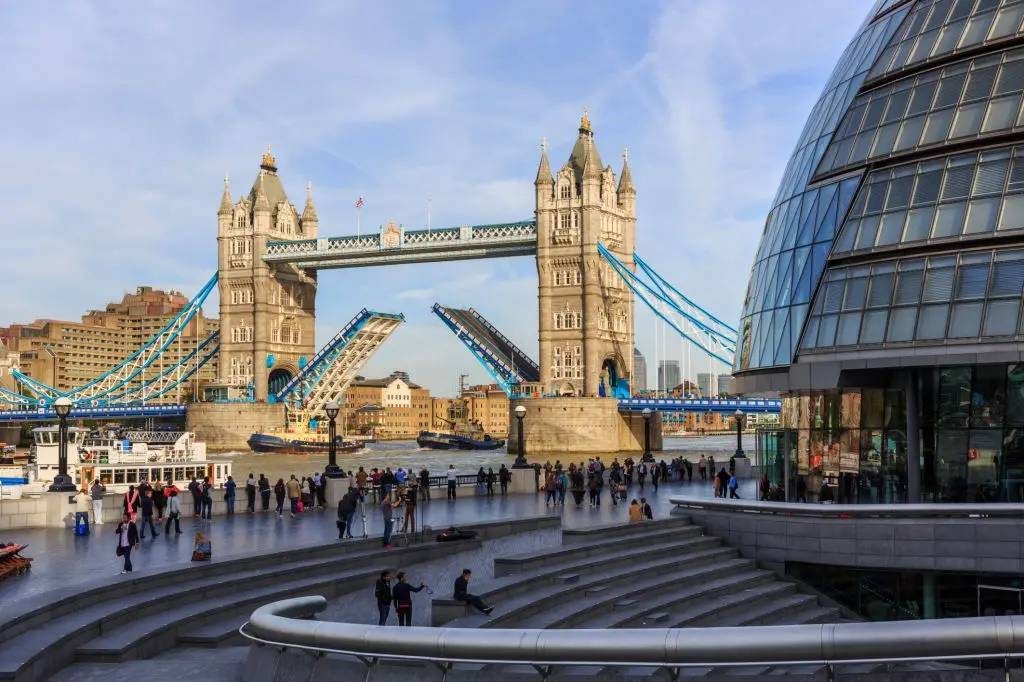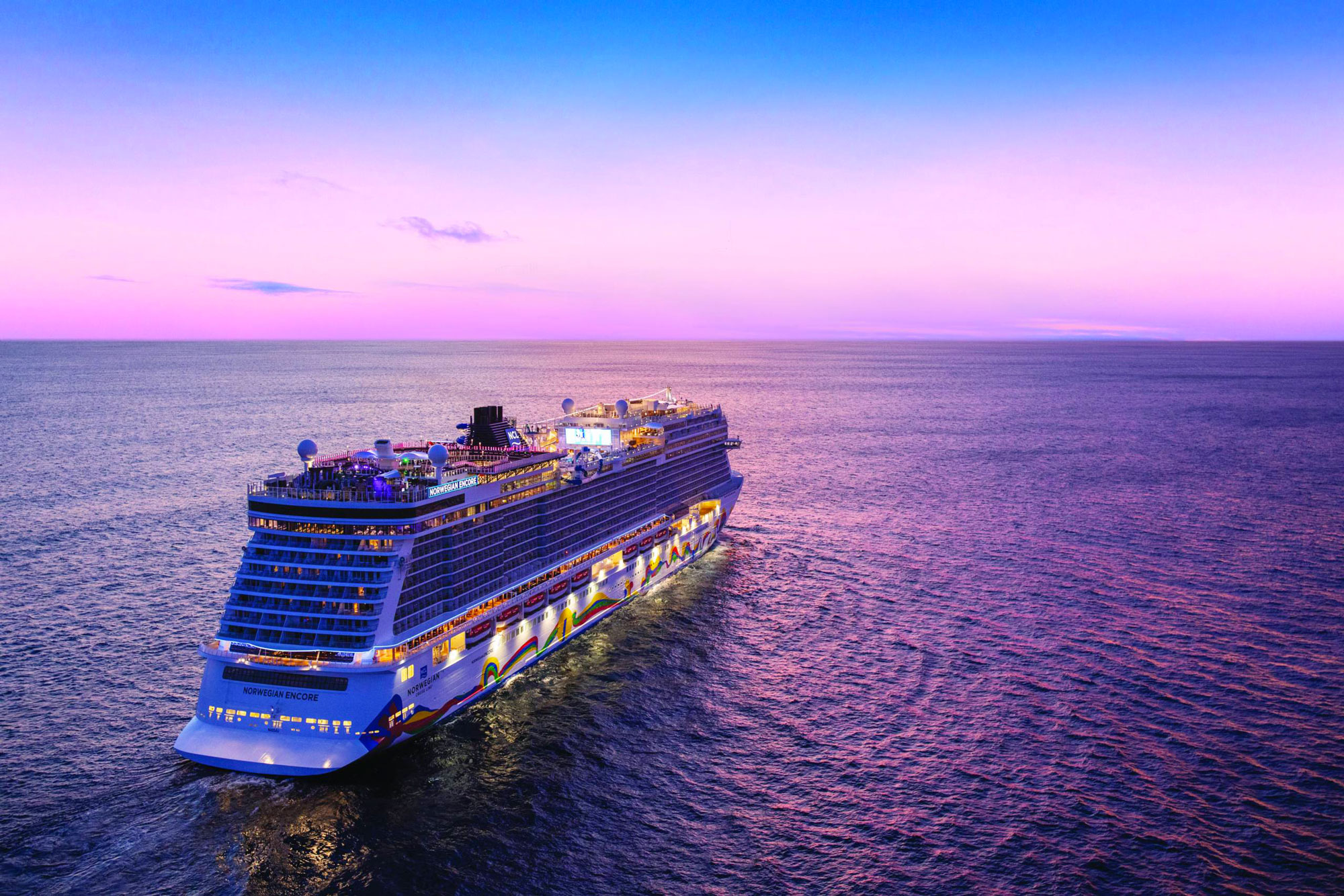Summary
- Cai Be Floating Market encapsulates Vietnam’s rich Mekong Delta culture through vibrant waterways and bustling commerce.
- Early morning visits showcase a colorful panorama of boats laden with fresh produce and local delicacies.
- Authentic culinary experiences offer insight into regional flavors, from tropical fruits to steaming bowls of noodle soup.
- Cultural engagement extends beyond the market, including homestays, craft villages, and community festivals.
- Responsible tourism and local guides enrich understanding of this water-centric lifestyle and heritage.
Cai Be Floating Market is one of Vietnam’s most fascinating attractions, where the timeless rhythm of local life meets the enchantment of commerce on the water. Situated in the Mekong Delta region, Cai Be stands out for its colorful collection of boats laden with tropical fruits, vegetables, and local delicacies. Beyond the immediate spectacle of haggling merchants and bustling trade, the market also serves as a gateway to Vietnam’s cultural, culinary, and ecological treasures. Whether you are an intrepid traveler seeking authentic experiences or a history enthusiast interested in understanding Vietnam’s heritage, this floating market offers unforgettable memories and valuable insights into the local way of life.
Cai Be serves as a vantage point for exploring the broader Mekong Delta. Known as the “Rice Bowl” of Vietnam, this lush region is crisscrossed by countless waterways that nourish the land and its people's spirit. From the vantage point of a boat on the Mekong, you can observe fertile orchards, stilt houses, and riverside factories that produce everything from rice paper to coconut candy. The hustle and bustle of the floating market encapsulates this region’s vitality: life and commerce flow together, reflecting a harmonious, water-centric lifestyle shaped over centuries.
While several floating markets exist in Vietnam’s Mekong Delta, Cai Be has a unique charm that sets it apart. It is not as large or crowded as other markets, making it ideal for travelers who wish to avoid overly touristy areas. The morning light reveals a kaleidoscope of colors as various boats display their goods on tall wooden poles. A glance can encompass a brilliant palette of yellow jackfruit, green mangos, pink dragon fruits, and bright orange tangerines. Combined with the mellifluous sounds of vendors calling out prices and the delicate fragrance of freshly harvested fruits, the entire experience feels magical.
The Historical Background of Cai Be
Cai Be’s origins stretch back to the 18th century when this region was a strategic settlement due to its proximity to significant waterways. Over time, the town evolved into a trading hub where merchants from neighboring provinces would converge, exchanging goods such as rice, fish, and fruits. As roads and bridges had yet to crisscross the fertile Delta, waterways were the most efficient means of transport, cementing Cai Be’s importance in regional commerce.
Trading Roots
Unlike some modern marketplaces that have lost their traditional charm, Cai Be remains deeply tied to ancient trading customs. Businesses here rely on family-run boat networks, and marketing occurs through personal relationships built over generations. This way, travelers can glimpse an almost archaic mode of commerce, bridging the past and present in a living museum of economic history. Vendors who have inherited their trade from grandparents can recount stories of how the market was once a meeting place for farmers and traders from distant provinces. This continuity across generations imbues the market with a vibrant soul.
Cultural Resilience
Despite rapid modernization throughout Vietnam, the market has retained its authenticity. Some modernization, like motorized boats and mobile devices, has made trading more efficient, but the principal methods of floating commerce have remained largely intact. Boats still double as floating homes, and many vendors stay on the river for days or weeks, relying on their craft for livelihood and shelter. This unique way of life endures as a testament to the resilience and adaptability of the local community.
Getting to Cai Be
Cai Be is located in Tien Giang Province, roughly 120 kilometers southwest of Ho Chi Minh City. Multiple modes of transportation connect Vietnam’s bustling southern metropolis to the serene beauty of the Mekong Delta. Depending on your schedule and comfort, you can choose from buses, private cars, or organized tours.
By Public Bus
Public buses to Cai Be typically depart from major Ho Chi Minh City bus stations. Although they offer an economical option, keep in mind that they might be slower due to multiple stops and potential traffic congestion. Buses are generally equipped with air conditioning, providing decent comfort during the journey.
By Private Car or Taxi
Hiring a private car offers greater flexibility. You can leave early in the morning and stop at various points of interest. If traveling with family or friends, splitting costs can make this option more financially viable. Plus, a private vehicle allows you to carry more luggage, bringing back as many souvenirs and local delicacies as you like without the hassle of cramped bus seats.
Organized Tours
Several travel agencies run full-day or multi-day tours to Cai Be. These packages often include stops at other iconic sites in the Delta, such as Vinh Long or Can Tho. Tours include boat rides, guided excursions to local factories, and homestay experiences. Organized tours can be particularly helpful for first-time travelers who want a structured itinerary and the convenience of a guide.
Best Time to Visit Cai Be Floating Market
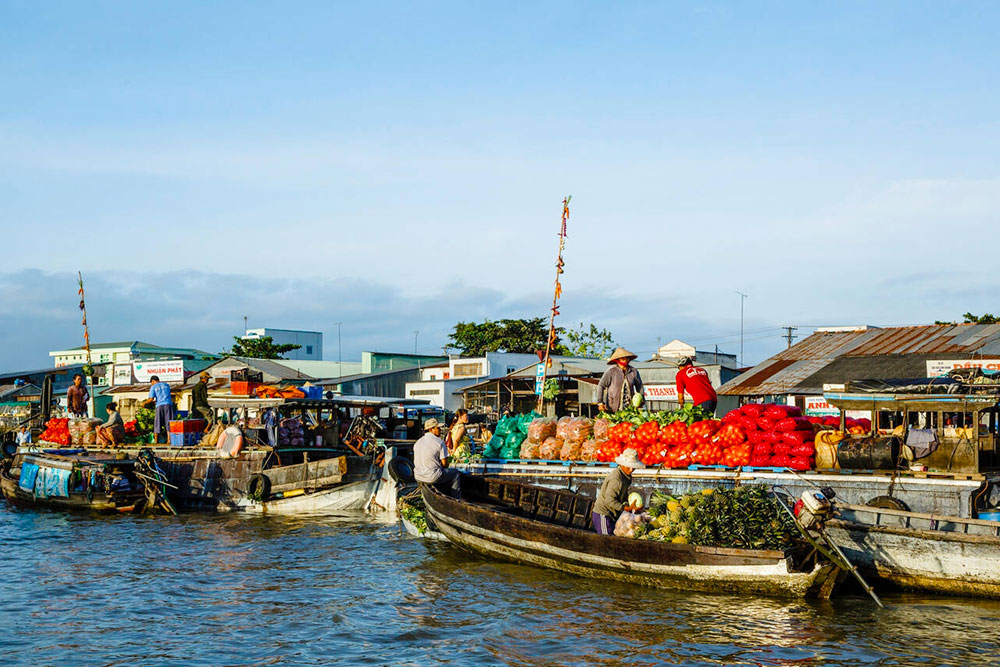
While the market technically operates year-round, each season offers its unique advantages. In the Mekong Delta, the climate is divided into two primary seasons: dry (December to April) and rainy (May to November). Both appeal to visitors wanting to see Cai Be in its most authentic light.
Dry Season Delights
Travelers who prefer clear skies and lower humidity should consider visiting during the dry season. The water levels in the Mekong may be a bit lower, but you will find an abundance of tropical fruits, especially near the end of the dry season, since many harvests coincide with this period. The bright sunshine also makes for fantastic photography, capturing the vivid colors of the market at its best.
Rainy Season Charms
The rainy season, particularly from June to August, brings lush greenery to the Delta. While short, frequent downpours are common, they typically subside quickly, leaving behind cooler temperatures and incredibly fertile landscapes. You might also find that the floating market is less crowded with tourists, allowing for a more authentic and intimate experience. Pack a lightweight raincoat or umbrella, and you can enjoy the rich tapestry of life that thrives despite the rain.
Navigating Cai Be Floating Market
One of the most exhilarating aspects of visiting Cai Be Floating Market is exploring it by boat. Booking a small sampan or joining a group excursion allows you to immerse yourself in the symphony of sounds, sights, and aromas that define the market. Boats of all sizes assemble in the early morning, around 5 or 6 AM, and gradually disperse by mid-day.
Embracing the Early Start
Early morning is prime time at Cai Be Floating Market. The day’s trading starts before dawn, as sellers and buyers prefer to conduct business under the cooler morning temperatures. Arriving early not only offers better opportunities for photography but also allows you to witness the market in full swing. You’ll see merchants vigorously bargaining over crates of mangosteen or pomelo while the aroma of freshly brewed Vietnamese coffee wafts from small floating cafes.
Understanding the Trading Codes
Vendors typically advertise their products by hanging samples from tall poles, “cay beo”, hoisted on their boats. This age-old method helps potential buyers see what each boat is selling from a distance. Bargaining is part of the process, and while many vendors quote fairly standardized prices, a friendly negotiation can sometimes yield a small discount. Most vendors are adept at basic English; however, bringing a Vietnamese phrasebook or having a local guide can make the experience smoother.
Interacting with Vendors
Eye contact and a warm smile go a long way in Cai Be Floating Market. The people here are hospitable and usually eager to chat if they have the time. Even if you do not speak Vietnamese fluently, gestures and basic greetings often suffice for simple transactions. Consider bringing small items like postcards or stickers from your home country as tokens of friendship. These small gestures can make your interactions more meaningful and memorable.
Savoring Local Flavors at Cai Be Floating Market: Culinary Experiences
No visit to Cai Be would be complete without sampling the culinary treasures of the Mekong Delta. Many boats double as floating kitchens, offering everything from freshly cut fruit platters to piping hot bowls of pho. Whether you fancy a hearty breakfast or lighter snacks, the market caters to a broad range of palates.
Fresh Fruit Bonanza
The Delta’s climate is ideal for cultivating various tropical fruits, such as jackfruit, durian, rambutan, and longan, to name just a few. Vendors often peel and slice fruit on the boat, letting you enjoy the freshest flavors possible. If you’re feeling adventurous, try the pungent durian, known for its creamy texture and polarizing aroma. Opt for a milder taste: sweet, succulent mango or the crisp water apple.
Boat Noodles and More
If you have more time and want a heartier meal, seek out a boat vendor selling bowls of steaming noodle soup or bun rieu (crab noodle soup). These dishes are often enhanced with fragrant herbs grown locally, reflecting the Delta’s abundant produce. Pair your meal with a strong cup of Vietnamese coffee sweetened with condensed milk, and you’ll have an authentic breakfast to remember.
Local Snacks and Candies
Cai Be is renowned for its cottage industries, which produce specialties like coconut candy, pop-rice (similar to popcorn but made from rice), and banh in (a sticky rice cake). You can often visit small factories along the riverbanks where families demonstrate how these treats are made. Sample them fresh from the production line and take home a few packs for souvenirs or gifts.
Cultural Interactions Beyond the Cai Be Floating Market
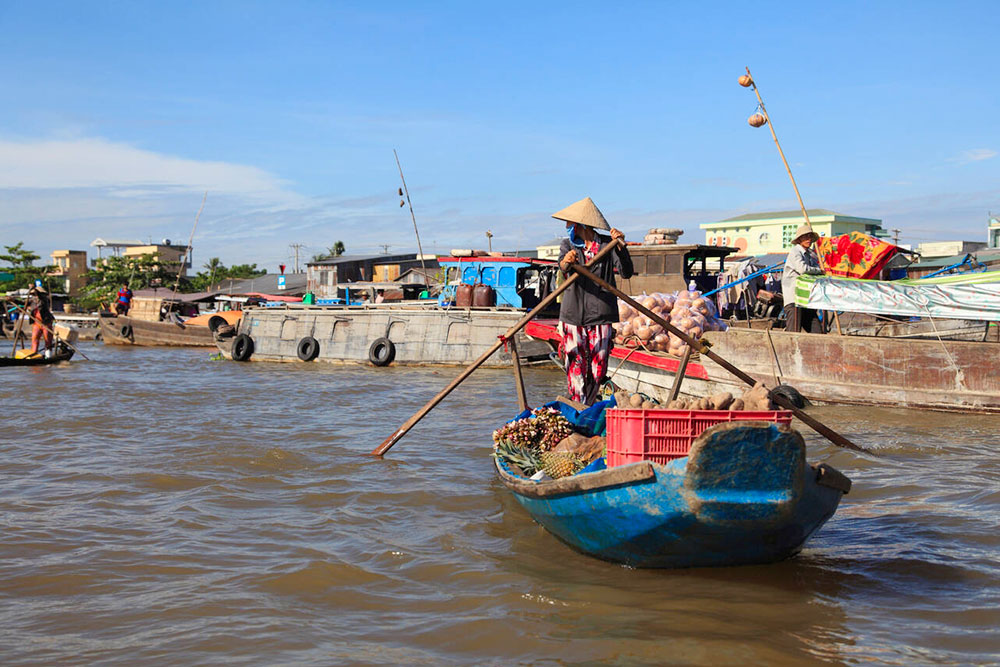
While the floating market is undeniably Cai Be’s main draw, the surrounding area offers many cultural experiences. Delving deeper into local life can provide a richer understanding of the region’s heritage.
Traditional Craft Villages
Adjacent to the floating market are villages dedicated to age-old crafts. From weaving mats and baskets out of water hyacinth to making rice paper, these small, family-run workshops demonstrate a level of skill and artistry passed down through generations. Visiting these sites fosters an appreciation for the craftsmanship behind everyday Vietnamese products.
Riverside Homestays
For travelers seeking authenticity, consider spending a night in a homestay. Many local families open their homes to visitors, offering a unique window into Delta life. You can participate in cooking traditional dishes, learn basic Vietnamese phrases from your hosts, or relax by the riverbank, observing the tranquil environment. Waking up to the soft sounds of the river at dawn is an experience you won’t forget.
Community Events and Festivals
You'll witness an even livelier atmosphere in Cai Be during a significant festival, such as Tet (the Lunar New Year) or the mid-autumn harvest celebrations. The market and surrounding villages come alive with colorful decorations, music, and traditional performances. These events highlight the Mekong Delta region's strong sense of community and cultural pride.
Nearby Attractions to Complete Your Journey
Many travelers use Cai Be as a springboard to explore other gems of the Delta. With a convenient network of waterways and roads, you can extend your trip to cover an array of destinations, each offering unique cultural and natural attractions.
Vinh Long
Vinh Long is known for its orchard tours and riverside homestays across the river from Cai Be. A brief ferry ride or boat transfer can take you into a patchwork of fruit farms, where you can pick and taste fresh produce from the tree. The serene atmosphere here makes it an ideal spot to unwind after the hustle of the floating market.
Can Tho
Famous for its expansive floating market at Cai Rang, Can Tho is a bustling city with a more modern flair. Here, you can enjoy a blend of urban convenience and Delta charm. Visit museums, dine at upscale restaurants, or take an evening boat cruise to watch the city lights dance along the water’s surface. If Cai Be’s quieter scene leaves you longing for more nighttime options, Can Tho offers a lively contrast.
Ben Tre
Often referred to as the “Coconut Kingdom,” Ben Tre is another destination that can be easily paired with Cai Be. Explore thick coconut groves by sampan or bicycle along narrow village pathways. The region’s history and economy revolve around coconuts, so expect to see innovative uses of this versatile fruit in everything from cooking to handicrafts.
Tips for a Memorable Visit to Cai Be Floating Market
Your experience at Cai Be Floating Market can be even more enriching if you come prepared. From practical advice to cultural etiquette, these travel tips can help ensure a smooth trip.
- Stay HydratedL The Mekong Delta’s tropical climate can be hot, especially by midday. Keep a reusable water bottle on hand, and remember to hydrate frequently. Widely available coconut water is also a refreshing way to replenish electrolytes.
- Dress Comfortably: Light, breathable clothing is ideal. If you plan to explore the market by boat, wear sandals or shoes that are easy to remove; your feet might get splashed, or you may have to step onto muddy riverbanks.
- Respect Local Customs: While photographing the vibrant scenes at the market is tempting, remember to ask for permission before taking portraits of vendors. A respectful attitude often leads to more positive interactions. Remember that the boat you’re stepping onto might be someone’s home, so treat it courteously.
- Carry Small Bills: Vendors often deal in cash, and large denominations may not be easily changed. Having a range of smaller bills can streamline transactions. Also, be prepared to haggle but do so graciously. Sometimes, the difference between the asking price and your willingness to pay is marginal, and spending more can support a local family.
- Pack Light: While the market is brimming with enticing goods, be mindful of how much you buy early in your trip if you intend to continue traveling. Fruits and other perishables might not last long in tropical heat without refrigeration.
The Broader Appeal of Cai Be
Visiting Cai Be Floating Market isn’t merely about observing commerce; it’s a chance to engage with a distinct lifestyle shaped by Vietnam’s waterways. The market epitomizes the Mekong Delta’s identity, merging tradition with daily practicalities. Visitors learn how resilience and resourcefulness define life here through interactions with vendors, sampling local dishes, or partaking in the region’s festivals.
Furthermore, Cai Be is a testament to cultural preservation's power. While globalization introduces modern conveniences, the market’s essence endures. Family-run businesses, vibrant local festivals, and time-honored crafts still form the backbone of this economy. Each boat on the water tells a story of generational heritage, whispering tales of grandfathers who once navigated the Delta using nothing but the stars and their instincts.
Conclusion: The Lasting Allure of Cai Be
Cai Be Floating Market is a touchstone for anyone yearning to experience the Mekong Delta’s unique charms. Its lively boat culture, welcoming vendors, and surrounding natural beauty converge to form an immersive tableau of Vietnamese life and tradition. From the pre-dawn flurry of commercial activity to the serene afternoons spent touring craft villages and orchards, Cai Be is a feast for the senses and the soul.
Whether you are a solo adventurer, a couple seeking cultural enrichment, or a family desiring a playful, educational experience for children, Cai Be has something to offer you. Each visit can be customized to reflect your interests in photography, gastronomy, history, or ecology. Over time, you’ll find that the market isn’t just a place to buy fruit or souvenirs; it encapsulates community ties, historical continuity, and the simple joy of living close to the water.
Above all, Cai Be Floating Market reminds us that even in a rapidly changing world, there are still pockets of authenticity where older ways of life thrive. This vibrant spectacle of waterborne commerce, powered by generations of wisdom, is a metaphor for resilience and adaptability. And as you depart, tasting the lingering sweetness of fresh mango or recalling the laughter of a friendly vendor, you carry with you not merely photographs but memories that connect you to Vietnam’s living heritage.
Book our tailor-made Vietnam trip packages today to take your vacation to the next level. Opting for our excursions lets you marvel at the nation’s stunning vistas, embrace its rich cultural legacy, and visit unforgettable landmarks, ensuring a lifetime of cherished moments.

